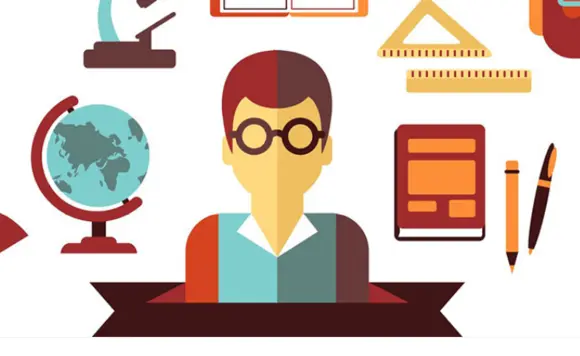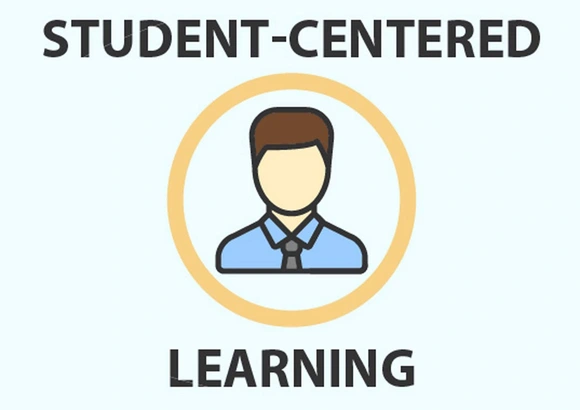
In recent years, educational paradigms have been shifting towards more inclusive and engaging methods of teaching. One such approach that has gained significant traction is student-centered learning. This educational model places the student at the heart of the learning process, emphasizing active participation, collaboration, and personalized learning experiences. But what exactly is student-centered learning, and why is it considered so crucial in today's educational landscape? In this blog, we will explore the fundamentals of student-centered learning, discuss its importance, and highlight the numerous benefits it offers to both students and educators.
What Is Student Centered Learning?

Student-centered learning is an instructional approach that focuses on the needs, abilities, interests, and learning styles of students. Unlike traditional teacher-centered methods where the teacher is the primary source of knowledge, student-centered learning encourages students to take an active role in their education. This approach involves various strategies, including collaborative learning, project-based learning, inquiry-based learning, and personalized instruction.
In a student-centered classroom, teachers act as facilitators rather than authoritative figures. They guide students through the learning process, encouraging them to explore, ask questions, and engage in problem-solving activities. This approach fosters a more dynamic and interactive learning environment, where students are encouraged to take ownership of their education.
Why Student Centered Learning Is Important?
Student-centered learning is important for several reasons, as it addresses the diverse needs of students and prepares them for the future in a more effective manner. Here are some key reasons why this approach is essential:
- Promotes Active Learning: Student-centered learning encourages active participation, making the learning process more engaging and enjoyable. Students are more likely to retain information and develop a deeper understanding of the subject matter when they are actively involved.
- Fosters Critical Thinking and Problem-Solving Skills: By engaging in activities that require analysis, evaluation, and synthesis, students develop critical thinking and problem-solving skills. These skills are essential for success in higher education and the workforce.
- Encourages Collaboration and Communication: Many student-centered learning strategies involve group work and collaborative projects. This helps students develop important social skills, such as communication, teamwork, and conflict resolution.
- Personalizes Learning Experiences: Student-centered learning recognizes that each student is unique, with different strengths, weaknesses, and interests. This approach allows for personalized learning experiences, which can help students achieve their full potential.
- Builds Self-Confidence and Independence: When students are given the opportunity to take charge of their learning, they develop a sense of self-confidence and independence. This empowerment can lead to greater motivation and a more positive attitude towards learning.
- Prepares Students for the Future: The skills and competencies developed through student-centered learning, such as critical thinking, collaboration, and adaptability, are highly valued in the modern world. This approach helps students become lifelong learners, ready to tackle the challenges of the future.
Benefits of Student Centered Learning
.webp)
The benefits of student-centered learning extend beyond academic achievements. Here are some of the key advantages:
- Improved Academic Performance: Research has shown that student-centered learning can lead to improved academic performance. When students are engaged and motivated, they are more likely to excel in their studies.
- Enhanced Engagement and Motivation: Student-centered learning makes the learning process more relevant and interesting for students. This increased engagement can lead to higher levels of motivation and a greater love for learning.
- Better Retention of Information: Active learning strategies, such as discussions, hands-on activities, and real-world applications, help students retain information better than passive learning methods.
- Development of Soft Skills: In addition to academic knowledge, student-centered learning helps students develop essential soft skills, such as critical thinking, communication, and collaboration.
- Greater Inclusivity: Student-centered learning accommodates diverse learning styles and needs, making education more inclusive. This approach ensures that all students have the opportunity to succeed, regardless of their background or abilities.
- Encouragement of Lifelong Learning: By fostering a love for learning and developing essential skills, student-centered learning encourages students to become lifelong learners. This mindset is crucial in a rapidly changing world, where continuous learning and adaptation are necessary for success.
Conclusion
In conclusion, student-centered learning is a powerful educational approach that places students at the forefront of their education. By promoting active learning, critical thinking, collaboration, and personalized experiences, this method prepares students for success in both their academic and professional lives. The numerous benefits of student-centered learning make it an essential component of modern education.
If you're an educator looking to implement student-centered learning in your classroom, start by incorporating more collaborative activities, encouraging student inquiry, and personalizing learning experiences to meet the diverse needs of your students. Embrace the shift towards a more dynamic and engaging learning environment, and watch as your students thrive.
For more insights and tips on effective teaching strategies, be sure to subscribe to our blog and stay updated with the latest educational trends and best practices. Together, we can create a brighter future for our students.